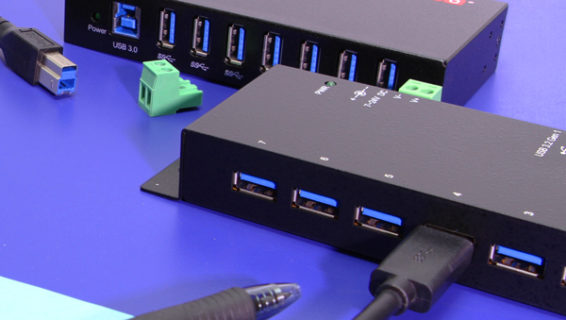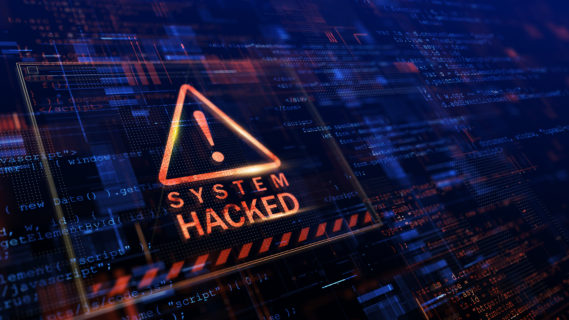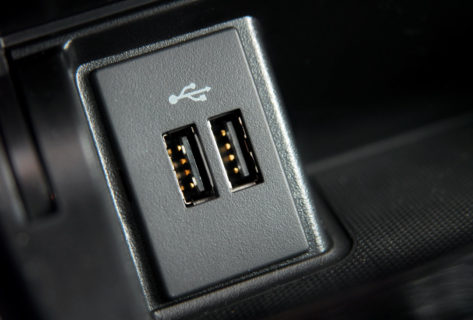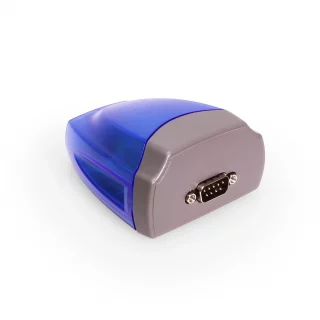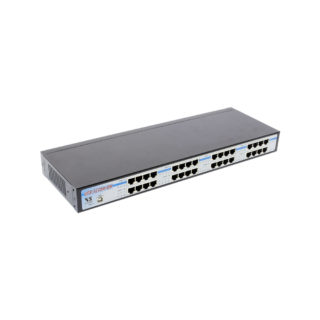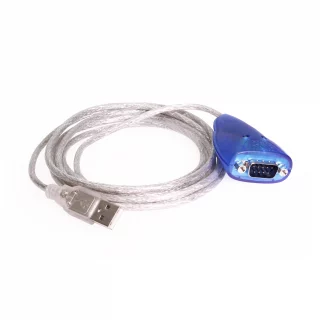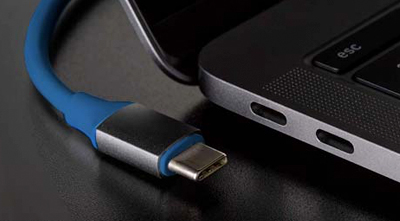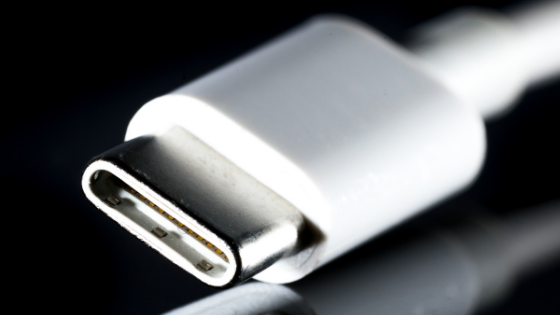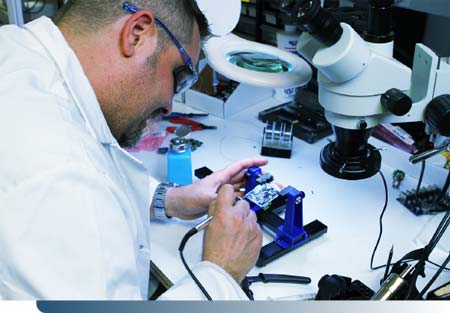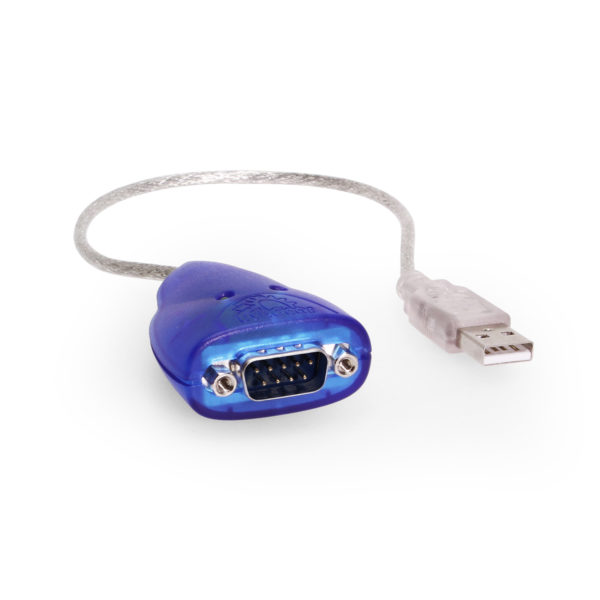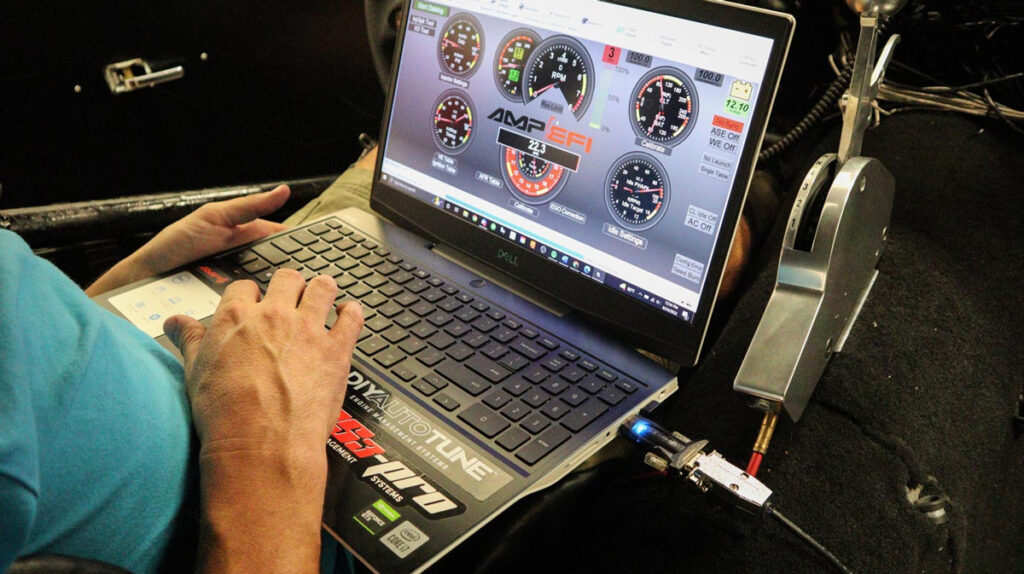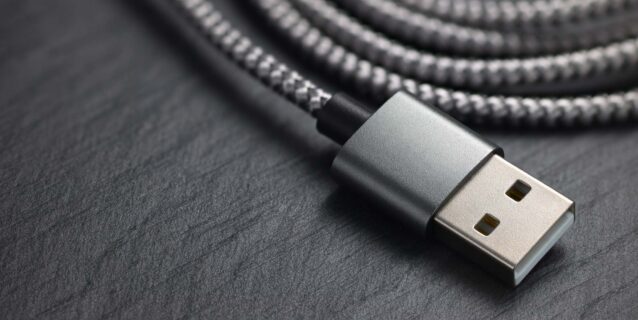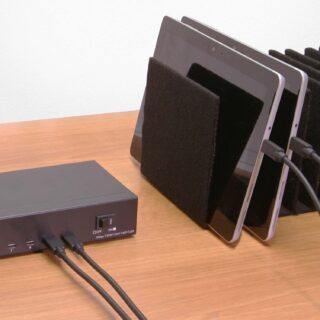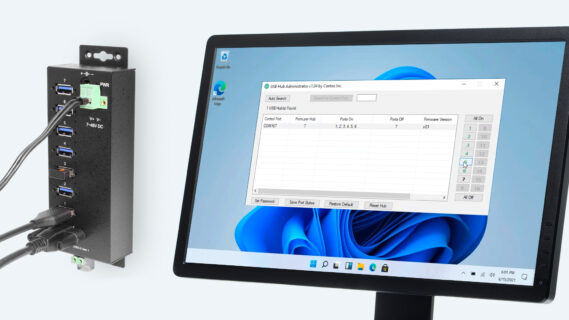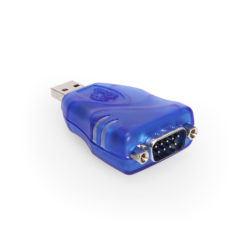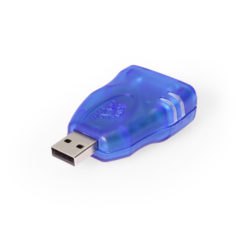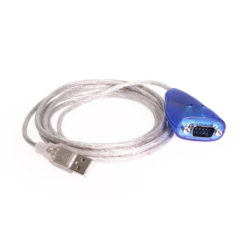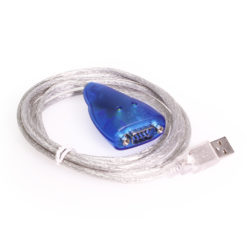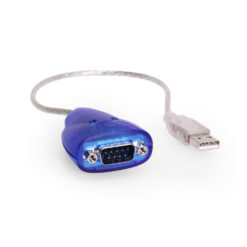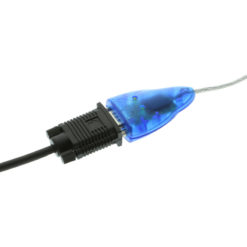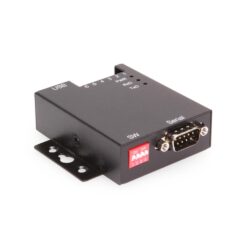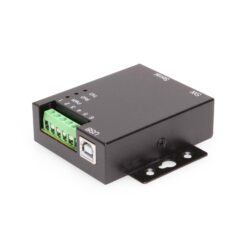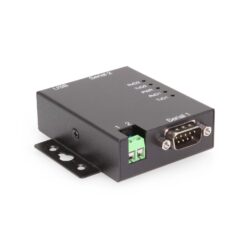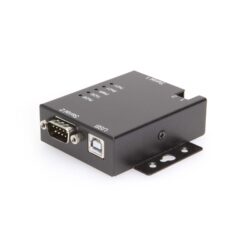The RS-232 (Recommended Standard 232) serial communication protocol has been a fundamental technology in the realm of data transfer for decades. Originally developed in the 1960s for connecting computer terminals and modems, RS-232 has evolved into a reliable standard for serial communication in various applications. Despite the emergence of newer technologies, RS-232 remains relevant and widely used in everyday systems. In this article, we will explore what RS-232 is, its features, and how it continues to play a crucial role in modern technology. Or, explore our RS-232 serial adapters for reliable serial communication solutions.
What is RS-232?
RS-232 is a standard for serial communication that defines the electrical characteristics and timing of signals used in data transmission. It specifies the voltage levels, pin configuration, and signal timing for devices that communicate with each other via serial data connections. Typically, RS-232 connections utilize a 25-pin or 9-pin D-subminiature connector.
Key Features of RS-232
- Single-ended signaling: RS-232 uses single-ended signaling, meaning that the data signal is referenced to a common ground. This can lead to susceptibility to noise in long-distance communication.
- Voltage levels: RS-232 signals operate at specific voltage levels, with a logical “1” represented by a voltage between -3 to -15 volts and a logical “0” represented by a voltage between +3 to +15 volts.
- Distance limitations: RS-232 can transmit data over a distance of up to 50 feet (15 meters) at lower speeds. However, the effective distance decreases with higher baud rates due to signal degradation.
- Baud rates: RS-232 supports various baud rates (the speed of data transmission in bits per second), typically ranging from 300 bps to 115,200 bps.
Applications of RS-232
Despite being a legacy standard, RS-232 is still used in a variety of applications across different industries. Here are some common use cases:
Industrial Automation
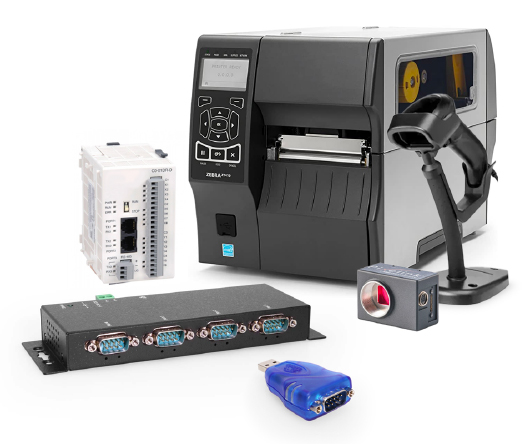
In industrial environments, RS-232 is often used to connect various devices such as programmable logic controllers (PLCs), sensors, and actuators. Its reliability and simplicity make it a popular choice for data exchange between machines and control systems.
Point of Sale (POS) Systems
Many POS systems utilize RS-232 for connecting peripherals such as barcode scanners, receipt printers, and cash drawers. The straightforward setup and low-cost implementation make RS-232 an attractive option for retail environments.
Networking Equipment
RS-232 interfaces are commonly found in networking devices like routers, switches, and modems. They provide a console interface for configuration and management, allowing administrators to connect via serial cables for troubleshooting and setup.
Telecommunications
In the telecommunications sector, RS-232 is used to connect modems and other devices. It allows for reliable data transmission over phone lines and is still employed in various legacy systems.
Scientific and Medical Equipment
Many scientific instruments and medical devices utilize RS-232 for data communication. Examples include laboratory equipment, diagnostic machines, and data acquisition systems. RS-232 provides a simple interface for collecting and analyzing data from these devices.
Advantages of RS-232
Despite its age, RS-232 continues to offer several advantages that contribute to its ongoing use:
Simplicity
RS-232 is straightforward to implement and understand. Its clear specifications and standard connectors make it easy to set up and troubleshoot.
Cost-Effectiveness
The components required for RS-232 communication, such as cables and connectors, are relatively inexpensive compared to newer technologies. This affordability makes RS-232 a cost-effective choice for many applications.
Compatibility
Many legacy devices still use RS-232, ensuring compatibility with older systems. This allows businesses to maintain and integrate existing equipment without requiring costly upgrades.
Reliability
RS-232 has proven to be a reliable method for serial communication. Its robustness in handling data transmission in various environments contributes to its continued use in critical applications.
Limitations of RS-232
While RS-232 remains relevant, it does have limitations that are important to consider:
Limited Distance and Speed
The effective transmission distance and speed of RS-232 are constrained compared to modern protocols. In high-speed applications or long-distance communication, alternative standards like USB or RS-485 may be preferred.
Single Connection
RS-232 typically supports point-to-point connections, meaning it can only connect two devices directly. This limitation can be a drawback in systems requiring multiple devices to communicate simultaneously.
The Future of RS-232
While newer technologies like USB, Ethernet, and wireless communication methods are increasingly prevalent, RS-232 remains an essential standard for many applications. Its simplicity, cost-effectiveness, and reliability ensure that it will continue to be used in various systems for the foreseeable future.
For businesses relying on legacy systems, RS-232 can provide a practical and efficient solution for connecting devices. With the right adapters and converters, users can even integrate RS-232 devices into modern systems, allowing for greater flexibility and functionality.
RS-232 may be considered an older technology, but its legacy endures in everyday systems across various industries. From industrial automation to point-of-sale systems and scientific equipment, RS-232 continues to provide reliable serial communication in an ever-evolving technological landscape. Understanding the strengths and limitations of RS-232 helps businesses make informed decisions about their connectivity needs, ensuring they can maintain and integrate their systems effectively.
View our top rated USB to Serial Adapters below
Model# USBG-232MINI
$27.29Not in stock - Backorder allowed
Model# USBG-232MM
$29.29In stock
Model# USBG-232
$29.29In stock
Model# USBG-COMi-M
$87.49In stock
Model# USBG-2COM-M
$103.29In stock
Visit Our Resource Center
Browse informative articles, explore customer case studies, and watch helpful how-to videos in our Resource & Learning Center. Stay up-to-date with the latest in USB technology and our products.
Visit the Resource CenterCustom Solutions for Your Install
Our team of experts and engineers can get you dialed in with a custom built soution for your install. Reach out today to speak with an engineer!
Custom Product RequestLearn More About Coolgear Labs
Innovation is at the heart of everything we do. Coolgear Labs is our dedicated space for research, development, and experimentation
Read More About Coolgear LabsBrowse Customers' Case Studies
Learn about real use cases from our customers where Coolgear products helped integrators and engineers solve real world problems.
View Our Case Studies
